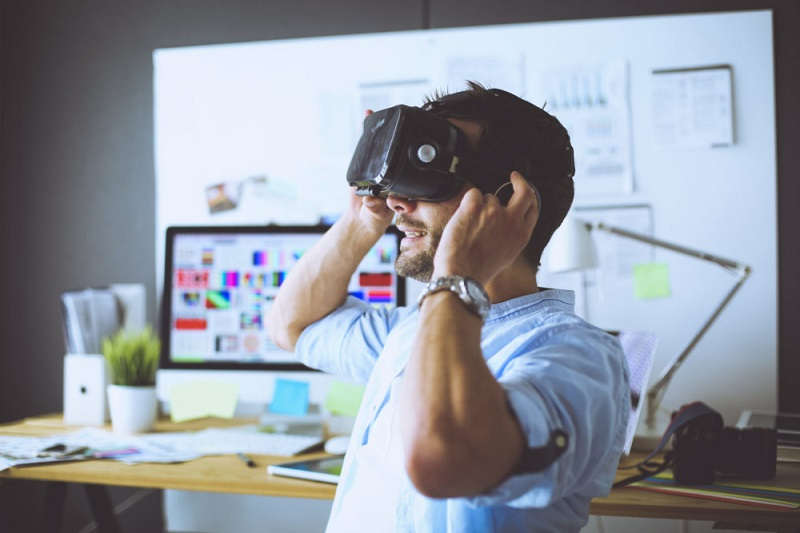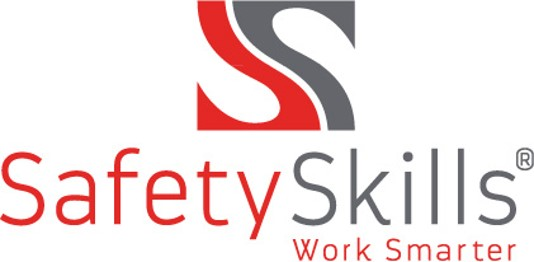ATD Blog
Level Up Your Training Program With the Latest Online Training Technology
Thu Jan 13 2022

As technology has advanced throughout the years, so too has employee training. Modern learning technology has made virtual training possible. And now, new technological advancements for employee training are rolling out. Explore these new developments to add more depth and innovation to your training program.
Technology Perfect for Training
It is hard to predict what new learning tools and techniques will be introduced—and fully adopted—each year, but here are a few that have gained popularity for different uses (and potential future uses) regarding employee training:
Virtual Reality
In the most general sense, virtual reality (VR) produces an entirely computer-generated reality, immersing the user in an alternate world. One example of using VR in the workplace might be training employees to find defects in required personal protective equipment (PPE). In a virtual setting, employees can safely gain hands-on experience.
Augmented Reality
While VR replaces your vision and environment, augmented reality (AR) adds to it, enhancing a user’s real-life experiences. AR uses smartphones or other connected devices to overlay virtual pictures or characters onto your surroundings. In a training environment, an augmented overlay could help users identify procedures or potential safety hazards in a lab setting without putting themselves or others in danger.
Depth Mapping
One step beyond augmented reality is depth mapping, where a camera takes in images or a video feed, estimates the area between objects, and creates a map showing distances of space. Depth mapping is ideal for learning situations that require more visual stimulation and different views. For instance, rather than keeping broken machinery on hand, an oil rigging team could use depth mapping to scan real equipment and truly immerse the learners in the machinery.
Learners Will Expect More Personalization
In recent years, both learners and instructors have become less willing to adhere to the “one size fits all” training method. Instead, customized learning experiences are in demand, which makes sense when you consider that more than half of Americans in 2020 used a virtual assistant, including smartphones, smartwatches, and voice-activated speakers.
In the future, self-driven learning experiences will be key. This can currently be seen in adaptive learning, which is an educational experience that adjusts to a user’s interactions in real time to provide individual support. Based on the option the user selects, the content shown next may differ from that of someone else taking the course, creating a level of personalized learning and thus increasing engagement and retention.
As technology advances further, so too will the degree to which users look for personalized learning techniques.
Training Is About More Than Technology
No matter how flashy a training course may seem, it must be effective for the learner. The most effective online training courses are a perfect marriage of three key elements: meticulous research, intentional design, and engaging graphics.
Research
All training content should be created to be relevant, but perhaps even more than other types of training, safety training requires the utmost accuracy. It’s not beneficial to train employees with outdated safety regulations or incorrect procedures.
Design
In this context design is referring to instructional design. The instructional design of an online training course is crucial, but often includes elements the learner may not even notice. That is not a bad thing—you want them to remember the content itself, while the design elements simply act as the best vehicle for delivering those important messages.
Graphics
For online training—or any training for that matter—to be effective, it must engage the learner, making it more likely they will remember the material. One big factor in being engaging is introducing the content with relatable and recognizable situations. For instance, an ergonomics training course for office workers should look very different from one for industrial facilities, but each would be applicably effective.
Don’t Wait to Upgrade Your Training
While new technology applications will not always be viable for every learning experience, you should at least keep these types of things in mind. After all, if your training platform is not flexible or does not attempt to make advancements, your training will stay stagnant.
Whether you are looking to upgrade your training program for a small team or a large organization, it is crucial to review the needs of your employees—and your company as a whole—to decide how to proceed in the new year. Learn more

